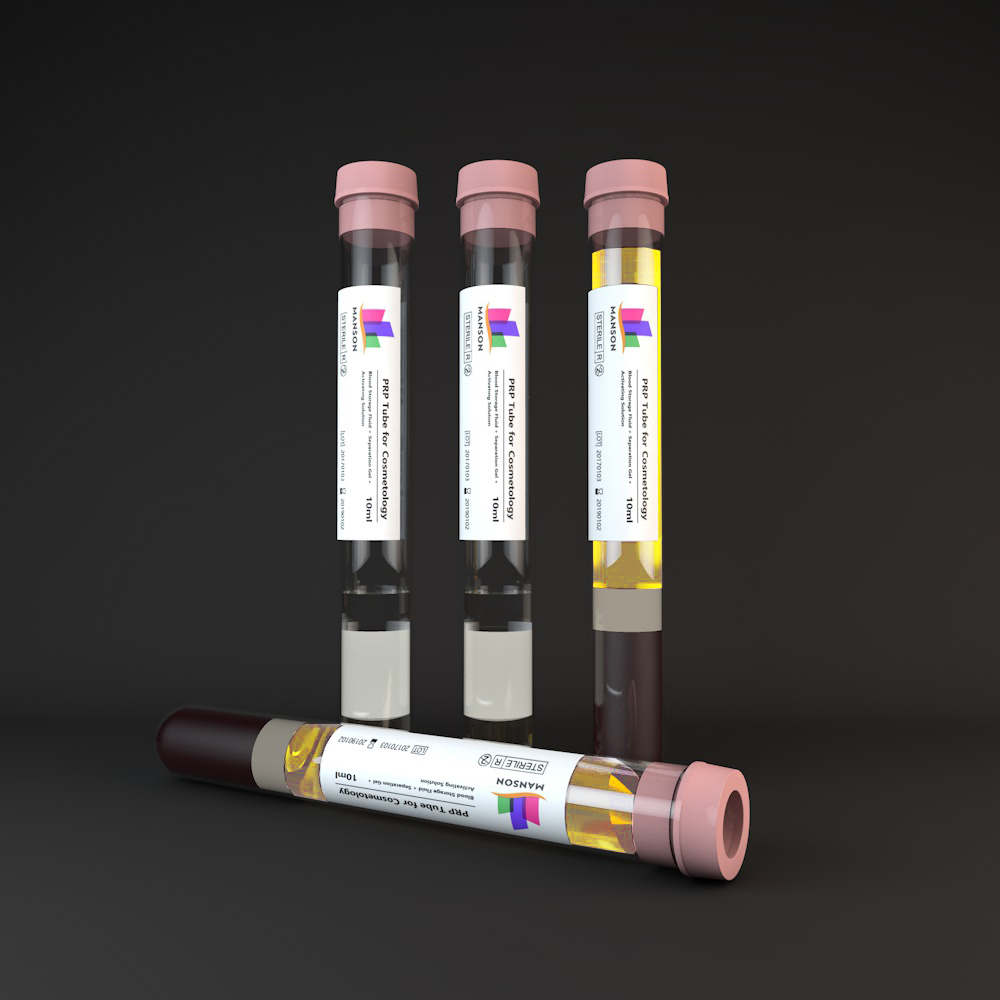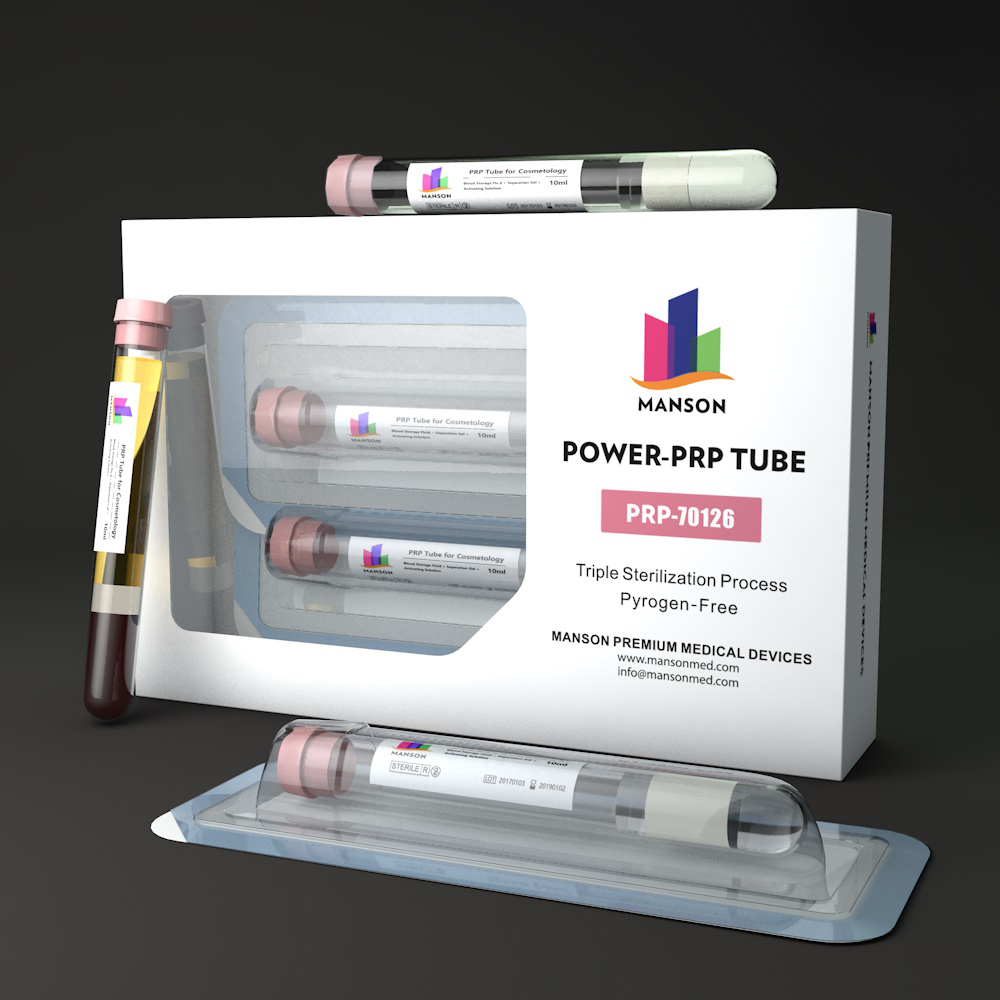PRP Tubes with ACD Gel:Here are seven things you should know
Platelet-rich plasma (PRP) therapy has become a cornerstone of regenerative medicine, offering solutions for hair restoration, skin rejuvenation, and orthopedic injuries.PRP tube with ACD gel is a specialized tool designed to optimize platelet concentration and therapeutic outcomes. This article explores the science behind ACD anticoagulants, compares top PRP tube options, and answers critical questions for practitioners and patients.

What Is ACD in PRP Tubes?
ACD (Acid Citrate Dextrose) is an anticoagulant used in PRP tubes to prevent blood clotting during processing. It contains a balanced mixture of citric acid, sodium citrate, and dextrose, which preserves platelet integrity and prevents premature activation of clotting factors. ACD ensures that platelets remain functional and growth factors (e.g., VEGF, PDGF) are retained, making it ideal for procedures requiring bioactive plasma.
Which Tube Is Best for PRP?
Choosing the best PRP tube depends on the application and desired platelet concentration:
ACD-A PRP Tubes:
Applications: Sports medicine, aesthetics, and orthopedic procedures.
Advantages: High platelet recovery (85%+), minimal interference with growth factors, and compatibility with single-spin protocols.
PRFM Tubes :
Technology: Platelet-rich fibrin matrix (PRFM) extends growth factor release for up to 7 days.
Benefits: Closed-system design reduces contamination risks and supports long-term tissue regeneration.
Sodium Citrate Tubes:
Use Case: Hair restoration and cosmetic treatments.
Drawback: Shorter anticoagulant effect compared to ACD1.
For most clinics, ACD-A tubes strike the best balance between cost, platelet yield, and versatility.

What Test Tube Is Used for PRP?
PRP requires specialized tubes with:
Anticoagulant (ACD, CPD, or Sodium Citrate): Prevents clotting.
Separator Gel: A polyester or silica gel layer that isolates platelet-rich plasma from red blood cells during centrifugation.
Material: Glass tubes (e.g., borosilicate) offer higher platelet recovery than plastic, though plastic is shatter-resistant.
Example: BD Vacutainer™ Glass Tubes with ACD Solution A (yellow cap) are widely used in blood banking and PRP preparation.
Purpose and Applications of ACD Tubes Primary Purpose:
Prevent blood coagulation during processing.
Preserve platelet bioactivity for effective growth factor release.
Medical Uses:
Orthopedics: Accelerate healing in tendon injuries and osteoarthritis.
Dermatology: Enhance collagen production in skin rejuvenation.
Hair Restoration: Stimulate follicular regeneration in androgenetic alopecia.
Key Advantage: ACD’s mild anticoagulant properties avoid platelet activation, ensuring higher concentrations of intact growth factors compared to heparin.

What Color Are ACD Tubes?
PRP tubes with ACD gel are typically blue-capped (e.g., Wetex Medical’s 10 mL tubes) or yellow-capped (e.g., BD Vacutainer™). The color coding helps clinicians quickly identify the anticoagulant type during procedures.
Quality Considerations: Avoiding Substandard PRP Tubes
Cheap, unbranded ACD gel tubes pose significant risks:
Low Platelet Recovery: As low as 55%, failing to meet the 2–5x concentration threshold for effective PRP13.
Contamination Risks: Poor sterilization and gel mixing with plasma.
FAQs About PRP Tubes with ACD Gel
What is the ACD tube used for?
PRP tubes with ACD gel are designed for blood collection, anticoagulation, and platelet isolation in PRP therapy. They ensure high-quality plasma for regenerative treatments.
How do I use ACD PRP tubes?
Draw 8–10 mL of blood into the tube.Invert gently to mix with ACD.Centrifuge at 1,500–3,500 RPM for 5–9 minutes.Extract the top plasma layer for injection.
Are ACD tubes reusable?
No—PRP tubes are single-use to prevent cross-contamination
How long does PRP gel last?
PRP itself remains bioactive for days, but its regenerative effects can last months to years. For optimal outcomes, follow evidence-based protocols and prioritize fresh PRP preparation. Consult a certified practitioner to tailor treatments to your specific needs.
Conclusion
PRP tubes with ACD gel are indispensable for clinics aiming to deliver safe, high-concentration platelet therapies. While ACD-A tubes excel in versatility and platelet preservation, practitioners must prioritize certified, high-quality products to avoid substandard outcomes. For bulk purchases or specialized needs, trusted suppliers like Manson Prp offer reliable solutions backed by clinical validation.


